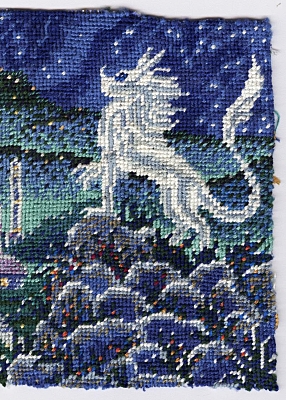On a writer’s forum, I read a recent discussion of different storybuilding tools, among them the Snowflake Method. This existed long before there were alt-righties and GamerG4ters whining about ‘liberal snowflakes’, so settle down.
Randy Ingermanson’s method shows writers how to start small, with basic but sturdy frameworks, and build ever-increasing detail. This can help prevent a writer from being bogged down in superfluous detail instead of actual plot or useful settings.
Some of us take it a little too far the other direction. The fractal nature of snowflakes suits us, because we keep digging at the story for more detail, more background, more character arcs. Every answer comes up with a dozen new questions which we want to answer, dammit. Dig for a snowflake, get a glacier.
Fine, if you are a hobby writer. If you’re going for commercial success, don’t count on this obsession to lead you anywhere but rabbitholes filled with enigmas and plotbunnies. Unless you’re willing to plug away at it like Tolkien or Sanderson, there’s only madness ahead.
This bit of needlepoint from 1991-1992 helps illustrate my warning. I had a big fantasy world already built, and a vague idea of illustrating some of its legends with needlepoint pictures. The germ of book art was happening even then!

This depicts a specific creature, a hunt-goddess of a deceptively primitive race. When I created the species I thought they all ran around on four legs. Later, after some worldbuilding shakeups, I gave them sexual dimorphism and made the females bipedal.
But not this one, and not her reclusive brothers and sisters. I got to wondering why those thirteen creatures never adapted to the ‘new’ body plan. That led to another plot-twist: they hated the change, resented it, and abandoned all the mortals who agreed to it. How they got over their snit and came back as major players in their world…
Well, that’s another story.